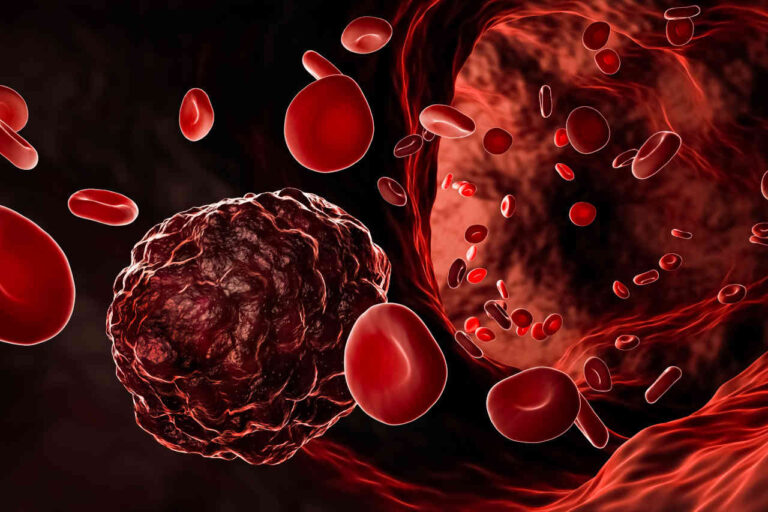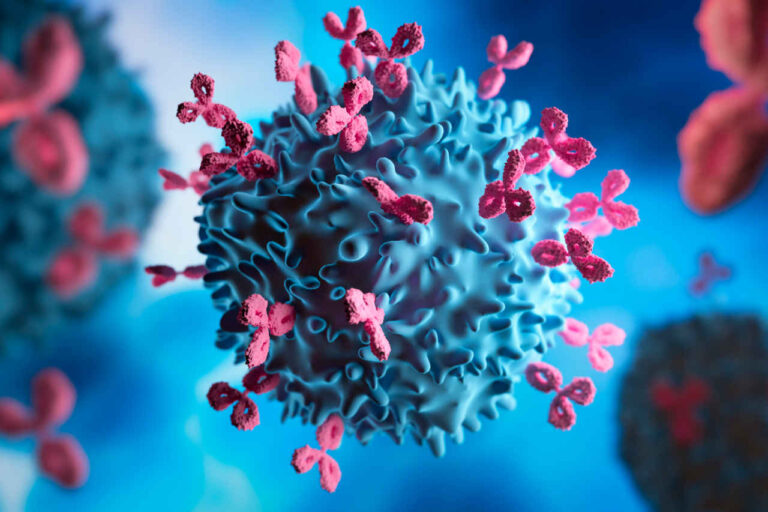
Sandostatin is the brand name for the drug octreotide, which is a synthetic (man-made) hormone used to treat various conditions such as acromegaly, diarrhea, and flushing associated with certain types of tumors such as carcinoid tumors and vasoactive intestinal peptide tumors (VIPomas). It works by inhibiting the release of certain hormones in the body.
Speak to a Specialist
About Copay AssistanceSandostatin was first approved by the FDA in 1998 and belongs to the class of antidiarrheal drugs and somatostatin analogs. This injectable medication can only be obtained with a doctor’s prescription.
Is There a Generic for Sandostatin?
Yes, there is a generic version of Sandostatin, called octreotide acetate. Octreotide acetate is available in various forms, such as injectable solutions, a powder for injection, and long-acting formulations. It is used for the same indications as the brand-name Sandostatin.
The generic version is typically less expensive than the brand-name drug and is considered equivalent in terms of safety, effectiveness, and quality.
What Is Sandostatin Used To Treat?
The FDA has approved Sandostatin to treat the following conditions:
- Acromegaly: This is a hormonal disorder that causes an overgrowth of bones and tissues, usually due to excess growth hormone secretion from the pituitary gland. Sandostatin substantially reduces the release of growth hormones in patients with acromegaly.
- Carcinoid tumors: Carcinoid tumors are slow-growing tumors that arise from hormone-producing cells in various parts of the body, including the lungs, digestive system, and other organs. Sandostatin can help alleviate symptoms such as diarrhea, flushing, and wheezing that may occur with these tumors.
- VIPomas: VIPomas are rare neuroendocrine tumors that produce vasoactive intestinal peptides (VIP), which can lead to severe diarrhea, dehydration, and electrolyte imbalances. Sandostatin relieves these symptoms by reducing the secretion of gastrointestinal hormones and reducing gastric and pancreatic secretions.
In addition to its approved medical uses, Sandostatin has also been used off-label to treat other conditions, such as glucagonomas, gastrointestinal bleeding, polycystic liver disease, and esophageal varices.
How Does Sandostatin Work?
Sandostatin contains the active ingredient octreotide, a synthetic and more potent version of the somatostatin hormone. Somatostatin is naturally produced in the body by the hypothalamus (a region in the brain) and by different tissues such as the pancreas and gastrointestinal tract. It plays a role in regulating various functions, including the secretion of certain hormones.
Sandostatin works by binding to specific receptors in the body, including those found in the pituitary gland, pancreas, and gastrointestinal tract. This binding inhibits the release of various hormones, such as insulin, gastrin, growth hormone, and glucagon. By reducing the levels of these hormones, Sandostatin can help alleviate symptoms associated with conditions such as acromegaly, carcinoid tumors, VIPomas, and glucagonomas.
Sandostatin also has other effects on the body, such as slowing down the emptying of the stomach and reducing the secretion of digestive juices, which can be helpful in treating certain digestive disorders.
Dosage Forms and Strengths
Sandostatin is available in various strengths, depending on the specific formulation and dosage form. Some common strengths include:
- Sandostatin solution for subcutaneous or intramuscular injection: 50 mcg/ml, 100 mcg/ml, and 500 mcg/ml
- Sandostatin powder for injection: 50 mcg/vial, 100 mcg/vial, 200 mcg/vial, and 500 mcg/vial
Dosing Information
The dose of Sandostatin is tailored according to the patient’s condition and the treatment response. The recommended doses for patients suffering from acromegaly, carcinoid tumors, and VIPomas are as follows:
Dose for Acromegaly
The initial dosage of Sandostatin for patients with acromegaly is 50 mcg three times daily, either IV or subcutaneously, for the first 2 weeks, followed by a maintenance dose of 100 mcg, three times a day.
The maximum dose is 500 mcg, three times a day.
Dose for Carcinoid Tumor
The initial dosage of Sandostatin for patients with carcinoid tumors is 100 – 600 mcg/day, given in two to four divided doses, either IV or subcutaneously, for the first 2 weeks. The maximum dose should not exceed 750 mcg/day.
Dose for Vasoactive Intestinal Peptide Tumor (VIPomas)
The initial dosage of Sandostatin for patients with VIPomas is 200 – 300 mcg/day, given in two to four divided doses, either IV or subcutaneously, for the first 2 weeks. The maximum dose should not exceed 450 mcg/day.
Get Copay Assistance
Treatment Info | Get Prior AuthorizationHow Is Sandostatin Given?
Sandostatin can be given subcutaneously (under your skin or muscles) or intravenously (injected into the vein) two to three times daily as directed by the healthcare provider.
Is Sandostatin a Form of Chemotherapy?
No, it is not a form of chemotherapy, but a synthetic hormone, similar to a naturally occurring hormone called somatostatin and used to treat the symptoms (watery diarrhea or flushing episodes) of carcinoid tumors and vasoactive intestinal peptide tumors.
It is important to keep in mind that Sandostatin does not cure the tumor. Instead, it helps patients to feel comfortable by reducing symptoms associated with the tumor.
Possible Side Effects of Sandostatin

Sandostatin is generally well tolerated, but like all medications, it can cause some side effects. Some of the most common side effects include:
- Headache
- Nausea/vomiting
- Dizziness
- Abdominal pain
- Fatigue
- Pain or irritation at the injection site
- Decreased absorption of dietary fats
- Low vitamin B12 levels
- Hyperglycemia and Hypoglycemia
Other less common and potentially severe side effects caused by Sandostatin that require immediate medical attention include:
- Severe constipation
- Slow or uneven heartbeats
- High or low blood pressure
- Gallstones
- Severe allergic reaction
- Hypothyroidism
It is important to note that not all patients will experience these side effects. Talk to your doctor about any concerns you have about Sandostatin.
Precautions
If you are taking Sandostatin, it is important to follow certain precautions to ensure your safety and maximize the medication’s effectiveness. Below are some precautions to consider while taking Sandostatin:
- Let your doctor know about all medications, supplements, and herbal remedies you are taking, as they may interact with Sandostatin.
- Inform your doctor if you have a history of liver or kidney disease, heart problems, or diabetes, as Sandostatin can affect these conditions.
- Inform your doctor if you are pregnant or planning on becoming pregnant. Sandostatin may not be safe for use during pregnancy.
- Do not breastfeed while taking Sandostatin, as it may pass into breast milk and harm the nursing infant.
Always consult with your doctor or healthcare provider for individualized advice on using Sandostatin, and follow all instructions and precautions provided.
Consult a Specialist
Get Treatment AssistanceCost
The cost of Sandostatin can vary depending on several factors, including the dosage, the form of the medication (injection or powder), location, and pharmacy where it is purchased. However, the current cost of Sandostatin injectable solution is as follows:
- 50 mcg/10 ml injectable solution costs about $158.40.
- 100 mcg/10 ml injectable solution costs about $297.83.
- 500 mcg/10 ml injectable solution costs about $1,400.18.
REFERENCES:
- US Food and Drug Administration (FDA). Sandostatin prescribing information: https://www.accessdata.fda.gov/drugsatfda_docs/label/2010/019667s058,021008s023lbl.pdf
- Octreotide (Injection Route, Intramuscular Route, Subcutaneous Route). https://www.mayoclinic.org/drugs-supplements/octreotide-injection-route-intramuscular-route-subcutaneous-route/description/drg-20067861













